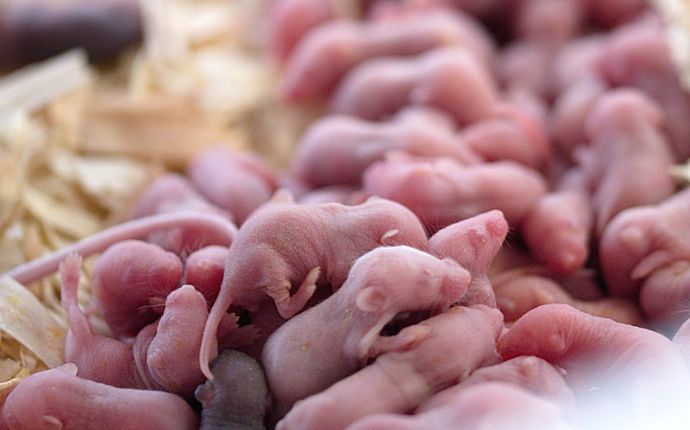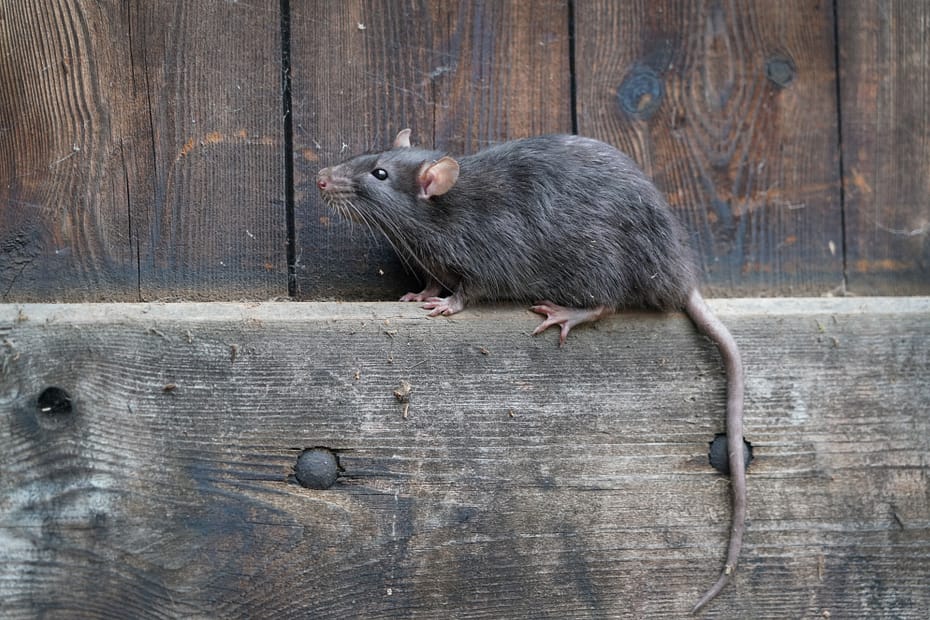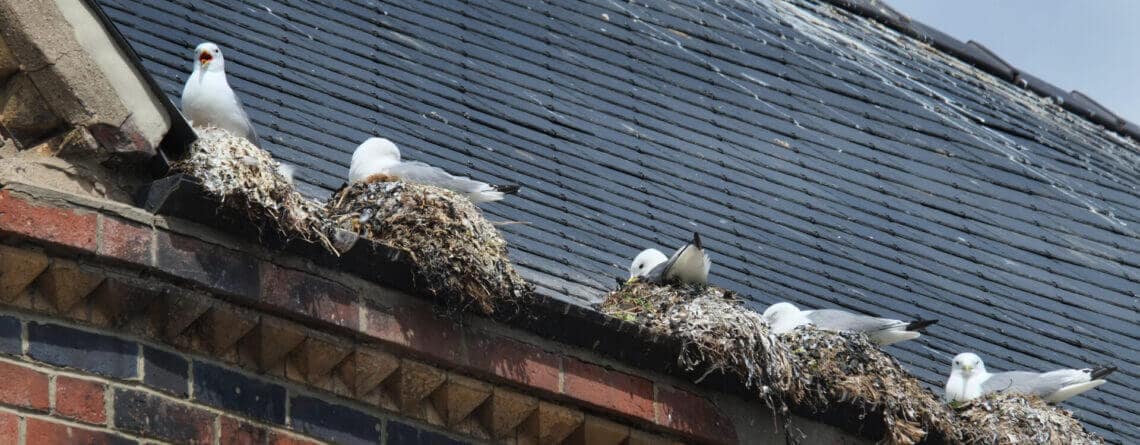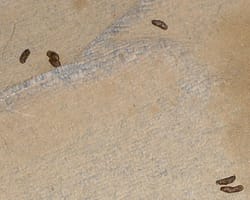Evidence of mouse infestation includes gnawed wires and furniture, indicating the presence of mice in your home. Gnawed wires and furniture are clear signs of a mouse infestation.
These pests may gnaw on wires, causing electrical issues, and damage furniture, leading to costly repairs. Identifying the evidence of mice infestation is crucial as these rodents carry diseases and can cause property damage. We will discuss how to identify and deal with a mouse infestation, as well as provide tips for prevention.
By recognizing the signs and taking prompt action, you can effectively control and eliminate mice from your home.
Signs Of Mouse Infestation
Mouse infestation can be identified by gnawed wires and furniture. This evidence indicates the presence of mice in your home, requiring immediate attention to prevent further damage and potential health risks.
If you suspect that mice have made their way into your home, it’s important to be able to identify the signs of mouse infestation. These little critters can wreak havoc on your electrical system and furniture, so it’s crucial to take action as soon as possible.
In this section, we will explore two main indicators of a mouse infestation: chewed wires and damaged furniture.
Chewed Wires: Identifying Electrical Damage
- Wires with visible bite marks: Mice have a tendency to chew on anything they come across, including electrical wires. Look for wires that show signs of gnawing or have visible teeth marks.
- Damaged insulation: Mice are attracted to the texture of electrical insulation, often chewing through it to create nests. Insulation that appears frayed or torn could be a result of rodent activity.
- Exposed conductors: A telltale sign of rodent infestation is the exposure of wires or electrical conductors. If you notice bare wires that are no longer protected by insulation, it’s likely that mice are to blame.
Remember, any electrical damage caused by rodent activity should be taken seriously, as it could lead to potential fire hazards or electrical malfunctions. If you suspect a mouse infestation, it is advisable to contact a professional electrician to assess and repair the damage.
Damaged Furniture: Gnawed Wood And Upholstery
- Gnaw marks on wooden surfaces: Mice have a natural instinct to chew on wood, making your furniture a prime target. Look for small, irregular bite marks on wooden legs, corners, or edges of furniture pieces.
- Upholstery damage: Mice may also target upholstered furniture, leaving behind tear marks and holes in the fabric. Look for signs of shredded upholstery or loose threads in areas susceptible to rodent activity.
Mice can cause significant damage to your furniture, resulting in costly repairs or replacements. Taking immediate action to address the infestation is crucial to prevent further destruction.
By being aware of the signs of mouse infestation, such as chewed wires and damaged furniture, you can identify the presence of these unwelcome rodents in your home. Remember to take appropriate measures to eliminate the infestation and protect your property from further damage.

Credit: romneypestcontrol.com
Health Risks Associated With Mouse Infestation
Evidence of mouse infestation, such as gnawed wires and furniture, poses serious health risks. These rodents carry diseases and can contaminate surfaces, food, and water, increasing the likelihood of illnesses spreading to humans. Swift action is necessary to prevent further damage and safeguard health.
Gnawed wires and furniture are not the only problems caused by a mouse infestation. These pesky critters can pose serious health risks to you and your family. Here are two major health concerns associated with mouse infestations:
Contamination: Mouse Droppings And Urine
- Mouse droppings: The presence of mouse droppings in your home is a clear indication of a mouse infestation. These droppings may be small, dark, and pellet-shaped. It’s important to note that mouse droppings can carry numerous harmful bacteria and viruses.
- Mouse urine: Mice tend to urinate frequently, and their urine can easily contaminate various surfaces. The strong odor of mouse urine is not only unpleasant but also a potential health hazard.
Disease Transmission: Hantavirus And Salmonella
- Hantavirus: Mice, particularly deer mice, can carry the hantavirus. This virus can be transmitted to humans through direct contact with mouse droppings, urine, saliva, or by inhaling the virus when contaminated dust particles are stirred up. Hantavirus can lead to a severe respiratory disease known as hantavirus pulmonary syndrome (HPS), which can be life-threatening.
- Salmonella: Mice are known carriers of the bacteria Salmonella. This bacterium can cause salmonellosis, a foodborne illness that leads to symptoms such as diarrhea, vomiting, abdominal pain, and fever. Ingestion of food or water contaminated with mouse feces or urine is the primary mode of transmission.
Protecting your health and preventing mouse-borne diseases should be a top priority if you suspect a mouse infestation. Promptly addressing the issue and implementing effective control measures can help mitigate the health risks associated with these troublesome rodents.
Prevention And Control Of Mouse Infestations
Evidence of mouse infestation can be observed through gnawed wires and furniture. Prevent and control mouse infestations with effective strategies to safeguard your home and belongings.
Blocking Entry Points: Sealing Cracks And Holes
- Mouse infestations can be prevented by blocking the entry points that these pests use to enter your home. Here are some effective methods to seal cracks and holes:
- Inspect your property: Regularly inspect both the exterior and interior of your home for any cracks, gaps, or holes that mice can use to gain access.
- Weatherstripping: Use weatherstripping to seal gaps around windows and doors. This will not only keep mice out but also help with insulation.
- Caulk or seal cracks: Identify any cracks or gaps in your walls, foundation, or utility entry points. Apply caulk or sealant to close these openings and prevent mice from entering.
- Steel wool: Stuffing steel wool in larger holes before sealing them with caulk or sealant is a great way to discourage mice from gnawing through.
- Vent covers: Install proper mesh covers on vents and crawl spaces to block entry points for rodents.
Removing Attractants: Proper Food Storage And Waste Management
- To prevent mouse infestations, it is crucial to remove attractants that entice these pests into your home. Follow these tips for proper food storage and waste management:
- Seal food containers: Store all food items in airtight containers made of thick plastic or metal. This prevents mice from smelling and accessing your pantry.
- Clean countertops and floors: Wipe down countertops and floors regularly to remove food crumbs and spills that might attract mice.
- Proper garbage disposal: Seal garbage bags tightly and dispose of them regularly in outdoor bins with tight-fitting lids. Keeping the area clean and removing food waste limits the food sources available to mice.
- Pet food storage: Store pet food in airtight containers and avoid leaving it out overnight. This removes a potential food source for mice.
- Bird feeders: If you have a bird feeder, ensure it is positioned away from your home. Spilled birdseed can attract mice, so cleaning up any mess is essential.
Implementing Traps And Baits: Choosing The Right Method
- When dealing with a mouse infestation, choosing the right trapping or baiting method is crucial. Here are some options to consider:
- Snap traps: Traditional snap traps are effective and widely used. Set them along walls, near entry points, or in areas where you’ve noticed mouse activity.
- Glue traps: Glue traps capture mice by trapping them in a sticky adhesive. Place these traps along walls or in areas where mice are frequently seen.
- Electronic traps: These traps deliver a quick and humane electric shock to kill mice instantly. They are an easy-to-use option but may be more expensive.
- Bait stations: Bait stations offer a controlled and enclosed environment for mice to feed on poison bait. They are especially useful in high-traffic areas.
- Natural repellents: Some homeowners prefer natural repellents like peppermint oil or mothballs. While they may help deter mice, they are generally less effective for severe infestations.
Remember, identifying the extent of the infestation and the severity of the problem will help choose the most suitable method for mouse control.
By implementing preventive measures, removing attractants, and utilizing the right traps or baits, you can effectively prevent and control mouse infestations in your home. Stay vigilant and address any signs of infestation promptly to keep these unwanted guests at bay.
Frequently Asked Questions For Gnawed Wires And Furniture: Evidence Of Mouse Infestation
How Do You Know If A Mouse Has Chewed Through Wires?
Signs of a mouse chewing wires include frayed or damaged insulation, exposed wires, and electrical malfunctions in affected devices.
What Is Evidence Of Mouse Infestation?
Common evidence of mouse infestation includes droppings, gnaw marks, presence of nests, urine odor, and sightings.
Can Mice Chew Threw Wires?
Yes, mice can chew through wires due to their sharp teeth.
Do Rodents Cause Gnawed Electrical Wires?
Yes, rodents can cause gnawed electrical wires.
Conclusion
From chewed wires to damaged furniture, the evidence of a mouse infestation is not to be ignored. These small pests can wreak havoc in your home, causing potential electrical hazards and costly repairs. Time is of the essence when it comes to dealing with a mouse problem, as they reproduce rapidly and can quickly escalate in numbers.
Taking immediate action is crucial to protect your property and the health and safety of your family. By identifying the telltale signs such as droppings, gnaw marks, and pet disturbances, you can determine if you have a mouse infestation. Prevention is key, so ensure you seal any potential entry points and keep your living space clean and clutter-free.
If you do suspect a mouse infestation, it is best to consult with a professional pest control service to effectively eliminate these pests from your home. Don’t wait until the problem worsens – take action now and regain control of your living space.


